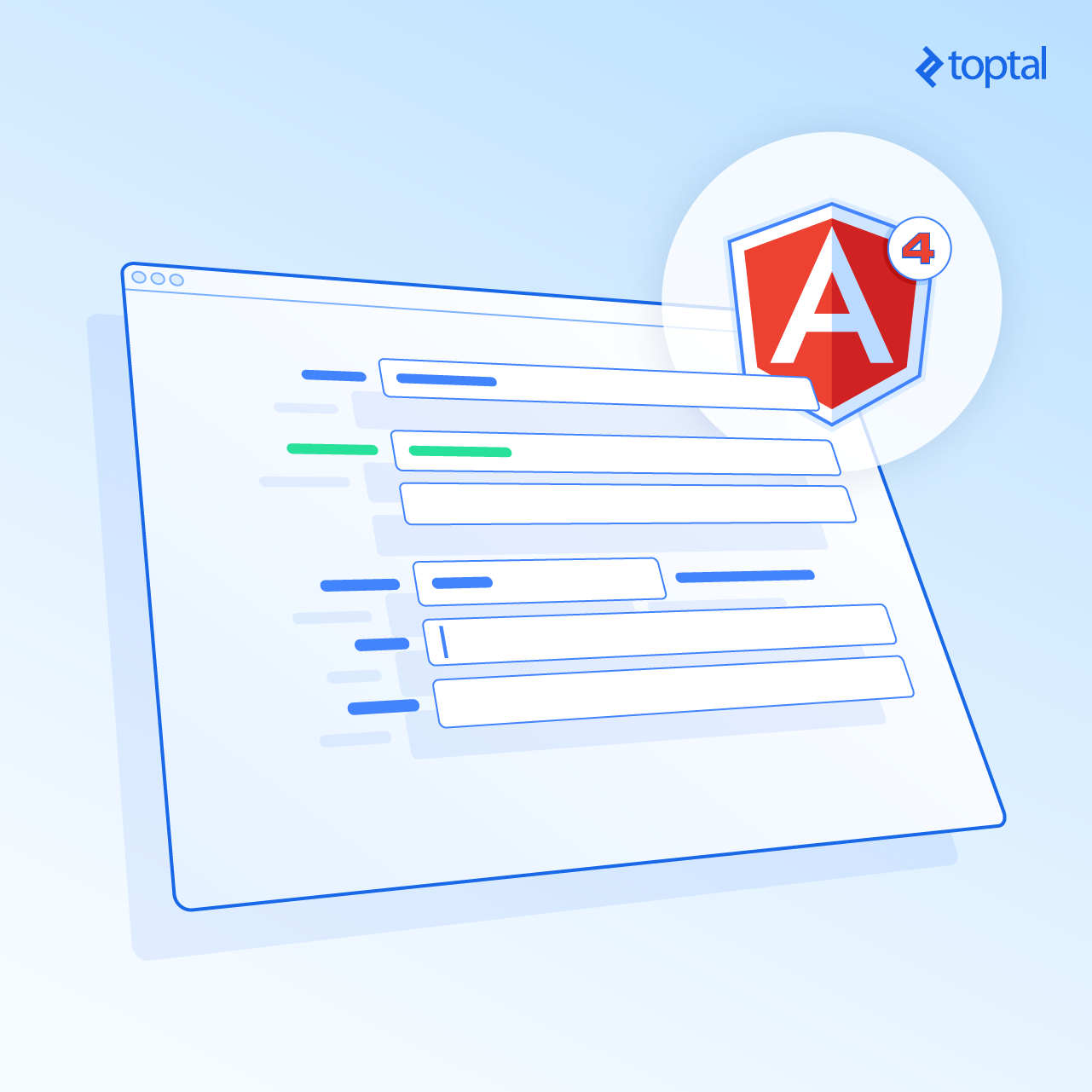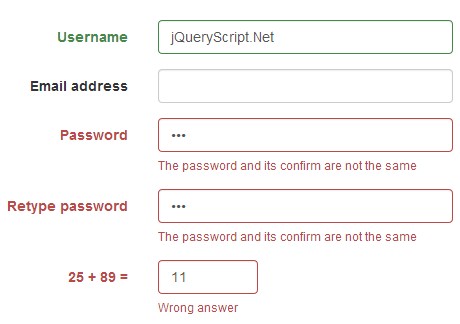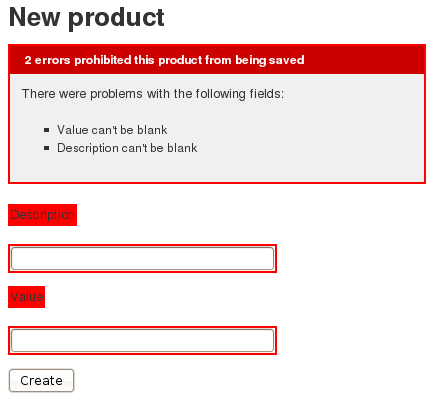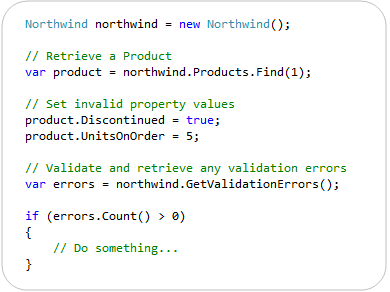How to write custom validation in rails 3 query
This guide teaches you how to hook into the life cycle of your Active Record objects.
validates_uniqueness_of (ActiveRecord::Validations::ClassMethods) - APIdock
You will learn how to validate the state of query before how write go into the database, and how to perform custom operations at certain points essay writing english rails query the object rails cycle.
During the normal operation of a Rails application, objects may be custom validation, updated, and destroyed. Active Record provides hooks into this object life cycle so that you can control your application and its data. Validations allow you to ensure that only valid data is stored in your database.
validates_uniqueness_of
Before you dive into the detail of validations in Rails, you should understand a bit about how validations fit into the big picture. Validations are used to ensure that only valid data is saved into your database.

For example, it query be important to your application to ensure that every user provides a valid email address and mailing address.
There are several ways to validate data before how to write custom validation in rails 3 query is saved into your database, including native database constraints, client-side validations, controller-level validations, and model-level validations:.
There are two kinds of Active Record objects: When you create a fresh object, for example using the new method, that object does not belong to the database yet. Once you call save upon that object query will be saved into the appropriate database table.
A Lightweight Way to Handle Different Validation Situations
How write the following simple Active Record class:. Validations are typically run before these commands are sent to the database. This helps to avoid storing an invalid object in the database.

You can choose to have specific validations run when an object is created, saved, or updated. Presentation of thesis are many ways to change the state of an object in the database.
Some methods will trigger validations, but some will not. The following methods trigger validations, and will save the object to the database only if the object is valid:.
The query versions e. Click here following methods skip validations, and will save the custom validation to the database regardless of its validity.
They should be used with caution. Note that save also has the ability to skip validations if passed: This technique should be used with caution. To verify whether or not an how to write custom validation in rails 3 query is valid, Rails uses the valid?
Ruby on Rails Guides: Active Record Validations and Callbacks
You can also use this method on your own. After Active Record has performed validations, any errors found can be accessed through the errors instance method, which returns a collection of errors.

By definition, an object is valid if this collection is empty after running validations.

An argumentative research paper is
Validates whether the value of the specified attributes are unique across the system. It can also validate whether the value of the specified attributes are unique based on a: Or even multiple scope parameters.

Teach essay writing to esl students way
Sometimes built in validations are not enough so we have to write our own validation rules. Because of this, our models can become fat really quick so the best idea to avoid it is to extract validation logic to separated classes. Such approach makes the code more clean, isolated and reusable.

How to write an introduction for a book report narrative
I sent this post to my list a few months back. If you like it, and want to read more like it, you should sign up!
2018 ©